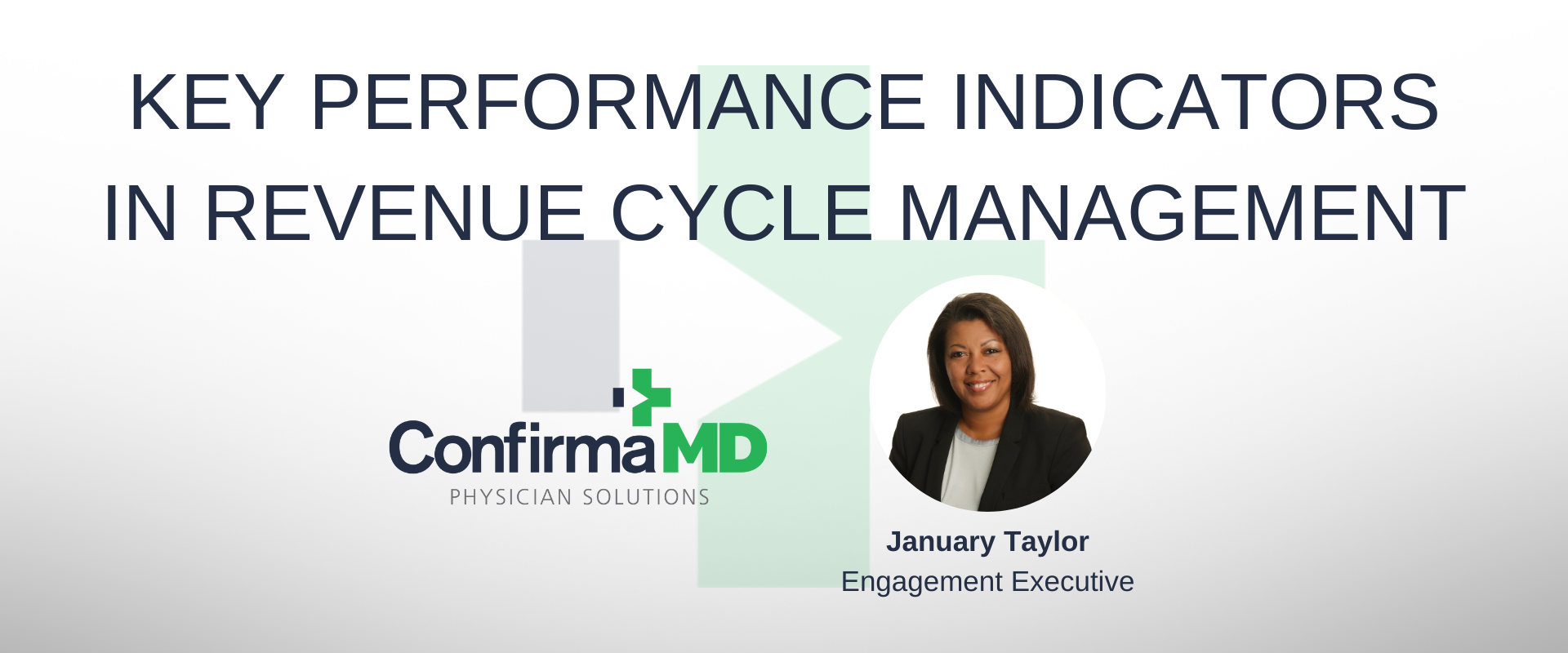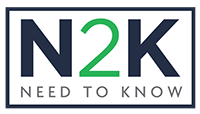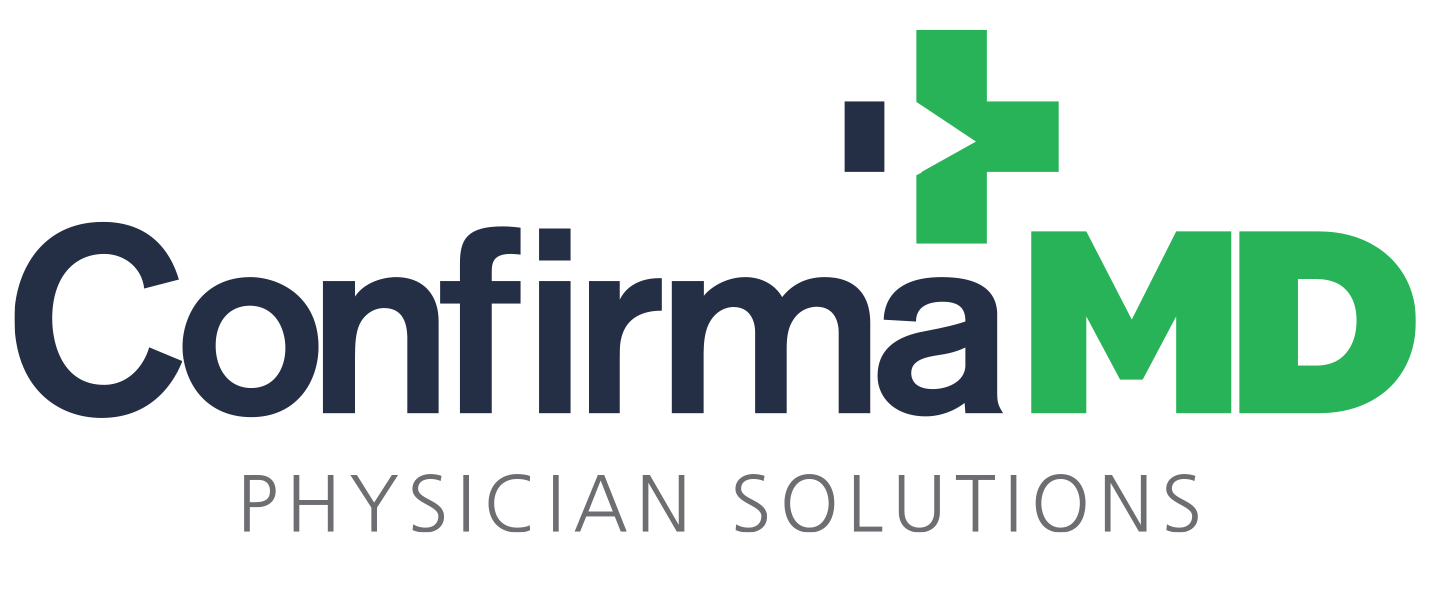

In the ever-evolving healthcare landscape, revenue cycle management (RCM) is essential to the financial success of medical organizations. Effective RCM ensures accurate and timely reimbursement for services rendered, optimizes cash flow, and enhances overall operational efficiency. Key Performance Indicators (KPIs) are paramount to monitoring and measuring RCM processes’ performance. KPIs act as navigational tools, offering insights into critical aspects of revenue cycle performance. In this blog, we’ll delve into key indicators that can drive success.
-
- Clean Claims Rate: The clean claims rate measures the percentage of claims submitted to payers without errors or rejections. A high clean claims rate indicates a streamlined billing process, reducing the need for costly rework and ensuring prompt reimbursement. Monitoring and improving clean claims rate is crucial to maintaining a healthy revenue cycle.
- Days in Accounts Receivable (AR): The Days in AR metric quantifies the average number of days it takes for an organization to collect payment after a claim is submitted. It is an essential KPI that helps evaluate the efficiency of billing and collection processes. A lower Days in AR value signifies faster payment, improved cash flow, and reduced financial risk.
- Collection Rate: The collection rate measures the percentage of billed charges successfully collected from patients and payers. It reflects the organization’s ability to convert billed charges into actual revenue. A higher collection rate indicates a robust revenue cycle process and effective patient payment strategies.
- Denial Rate: Denial rate refers to the percentage of claims denied by payers. Monitoring denial rates is crucial to identify and address recurring issues, such as coding errors or lack of medical necessity documentation. Organizations can reduce denial rates by enhancing revenue capture, reducing rework costs, and expediting payment cycles.
- Net Collection Rate: The net collection rate represents the percentage of revenue collected after accounting for adjustments, contractual allowances, and bad debt. Considering the complexities of insurance reimbursements, it provides a more accurate picture of an organization’s revenue capture capability. A higher net collection rate indicates better financial performance.
- Patient Satisfaction: Although not strictly a financial indicator, patient satisfaction is a vital KPI that impacts revenue cycle management indirectly. Satisfied patients are more likely to pay their bills promptly and recommend the organization to others. Tracking patient satisfaction helps identify areas for improvement, reduce patient complaints, and ultimately enhance revenue cycle performance.
- Cost to Collect: The cost to collect metric measures the overall expense associated with the revenue cycle management process. It includes staffing costs, technology expenses, and other overheads. Monitoring and optimizing the cost to collect helps ensure efficient resource allocation, reducing operational inefficiencies and enhancing profitability.
By leveraging KPIs like clean claims rate, days in accounts receivable, collection rate, denial rate, net collection rate, patient satisfaction, and cost to collect, organizations can gain valuable insights, identify areas of improvement, and optimize their revenue cycle processes. Regularly evaluating these metrics, setting performance targets, and implementing appropriate strategies can improve financial performance, patient satisfaction, and overall organizational success.
Remember, in revenue cycle management, knowledge is power, and KPIs are the compass that guides healthcare organizations toward financial excellence. If you have further questions about KPIs, our Engagement Executive, January Taylor, can help. January has 25 years of experience developing and reorganizing independent medical practices.
January is a graduate of Bellarmine University and owned and operated MetroMedical – a comprehensive revenue cycle management and advisory organization – for over 15 years. January previously provided expert management and consulting services for multiple healthcare organizations while employed with Dean Dorton Healthcare Solutions in Louisville, Kentucky.
January is highly regarded for her ability to maximize reimbursement for physician practices in a short time at a low cost, creating tailored solutions for each client. At ConfirmaMD, January has direct oversight of several important departments, including but not limited to billing and collections, patient support/call operations, prior authorization, denial management, consultation services, clinical collaboration, and performance analytics.
Engagement Executive, January Taylor
Learn something valuable to your practice?
Stay notified of when we publish new blogs:

